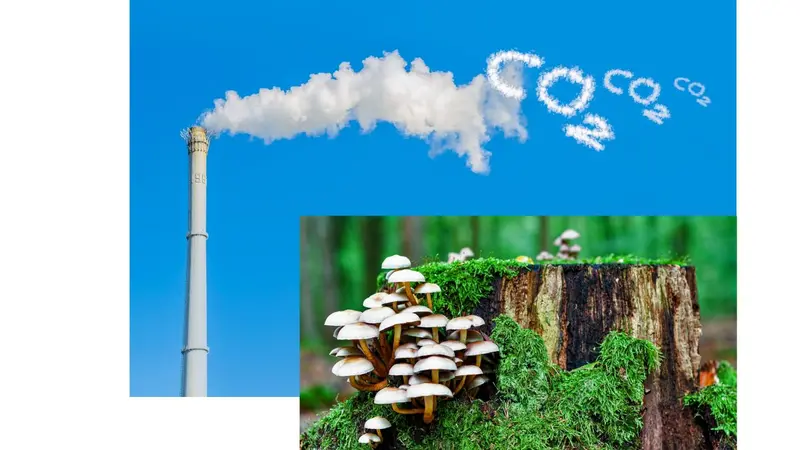

Planet and People Connection

Planet and People Connection
Fungi Carbon Capture
Kew Gardens, in London, England, maintains a fungarium that displays about half of all known species—the largest collection in the world. Mycologists there are studying how fungi help soil sequester about 1.5 trillion tons of organic carbon around the world. Approximately 90 percent of plant species have a symbiotic relationship with fungi species, by which the fungi trade water and nutrients for carbon. Understanding this relationship will help in the design of reforestation schemes to sequester more carbon. Scientists have also noted that nitrogen pollution from burning fossil fuels and from agriculture reduces the diversity of fungi in the soil, thereby reducing the potential for carbon sequestration—pointing to one more reason to find ways to reduce the use of fossil fuels.


 By
By



